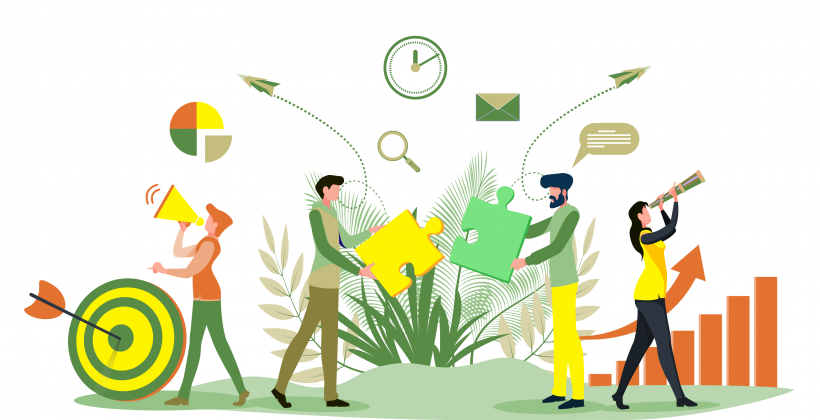
Over the summer of 2020, we participated in two evaluation competitions. Giovanna and Fernanda participated in the Young and Emerging Evaluators competition (YEE, Khulisa and EvalYouth), and Fernanda again, with Becka, in an Evaluation Hackathon (IPDET and EvalYouth). We shared our experience participating in these competitions in a UKES (UK Evaluation Society) members’ online event (a ‘webibar’). As we said during the webibar discussion, we usually come out of these learning curves with greater confidence for having stepped out of our comfort zone, with new connections in the field, an increased understanding of a method or a topic, and much of what we’ve learned stays with us in the long term.
What was it about a competitive environment that has helped us learn? These are the lessons we have taken away from the experience:
- Focused learning: We have found that competitive situations have forced us to learn about new methods and topics very quickly and this learning would later come handy in our work. For example, during the Khulisa competition, which asked participants to investigate ‘How to measure an experiential learning intervention in Johannesburg’, Giovanna had to quickly learn about Early Childhood Development (ECD) and Bayesian updating1. She has since been able to use this knowledge when she worked on a bid at Itad. Similarly, Fernanda had to learn about impact evaluation and quasi-experimental methods, a useful way to broaden her understanding of these approaches and the wider evaluation field. There was also the opportunity to see traces of our previous Itad learning being played out in the dynamics of the designs, for example, in the way we both used diagrams to present our proposed approach and in the careful consideration of implementation and data collection costs.
- Opportunity to network: competitions also provided an opportunity for us to meet and learn from people from different countries and organisations, and with different styles of working. In the Khulisa design challenge, we competed with other emerging and young evaluators, while in the Hackathon there were evaluators from a range of career stages. We were put into groups of three to five, and the groups felt like a safe space to speak up. It was also an opportunity to learn from each other and explore new ways of approaching evaluations. This exposure to other organisations has given us the opportunity to network with a wider group of people but also provided us with a broader knowledge of how other organisations conduct evaluative work, which is important if we want to be commercially focused.
- A safe space to experiment: Even though we felt some pressure to do well, the gamified environment also created a safe space to experiment. We were able to use the competitions as a trial opportunity for innovation. Teams could try out, fail, adapt and learn about new evaluation topics and approaches. In the Hackathon specifically, we were able to think outside the box and test new ideas which resulted in us changing the suggested focus of the challenge. We not only considered how to mitigate the intrinsic potential biases against hard-to-reach populations in remote data collection but also how we could ensure inclusivity at the beginning of evaluation design to build resilience for other moments of crisis like COVID-19. Our topic was very relevant to adapting our work now, and we’ve been putting what we have learnt to good use.
Gamification and L&D
We have found that this experience helped build our confidence in our day-to-day work. Being part of a team faced with important questions in a safe environment engaged us, kept us motivated and inspired us to want to learn more. Experiences that include some elements of gamification are a good way to help those on steep learning curves. Organisations in the field of M&E would benefit from incorporating this approach into their learning and development programmes, while also enabling people to take part in external opportunities, like the ones we participated in. It is not only a great way to be thrown in at the deep end without any risks to the organisation, but also a fun way to work with others and learn.

